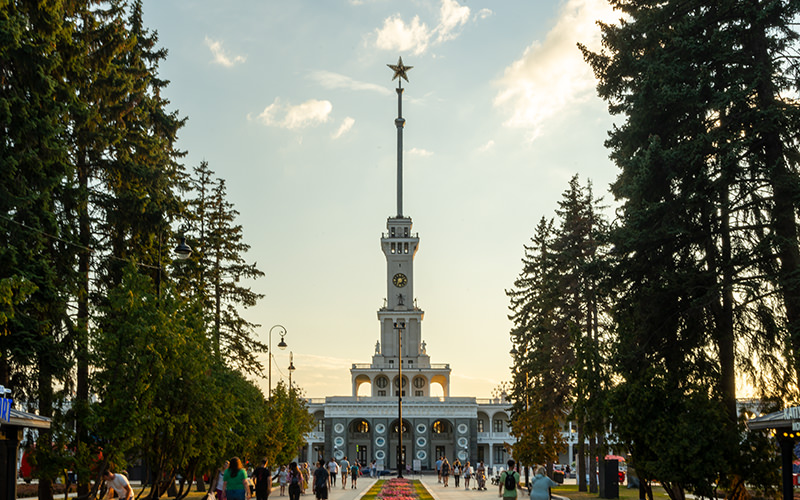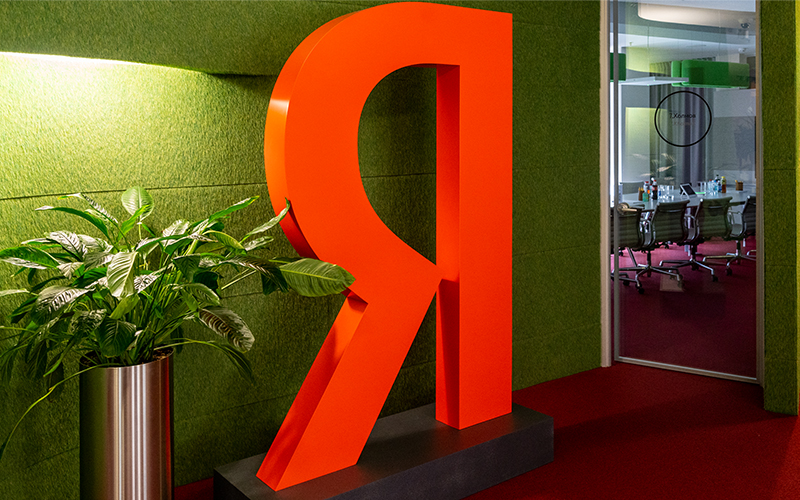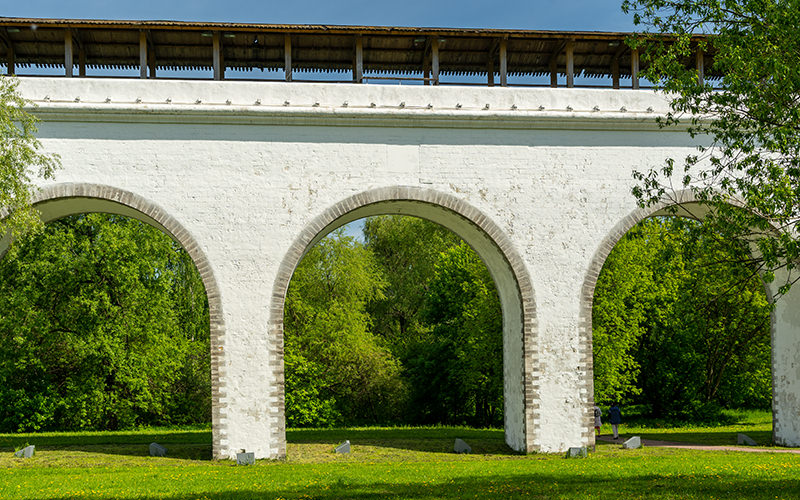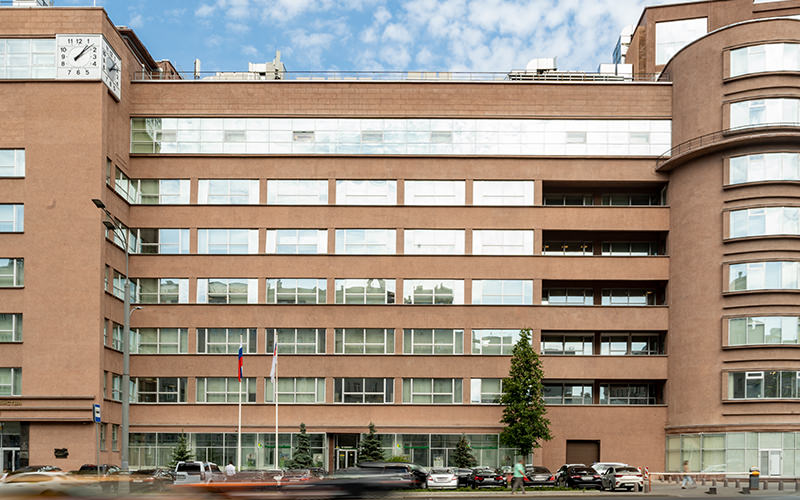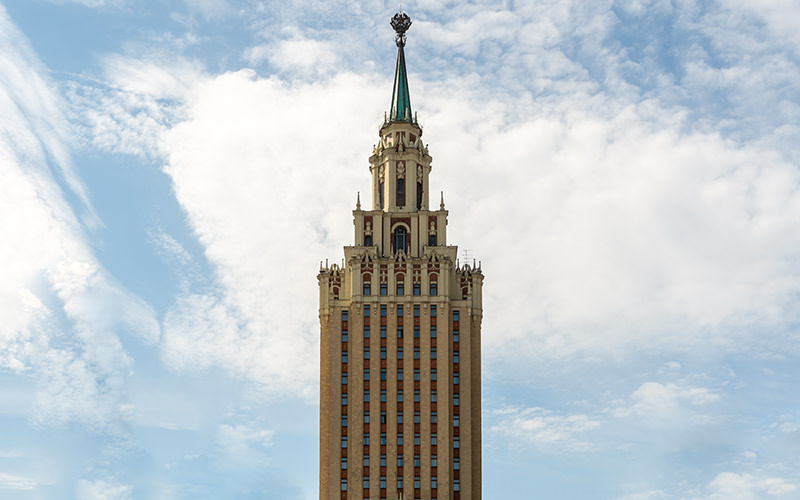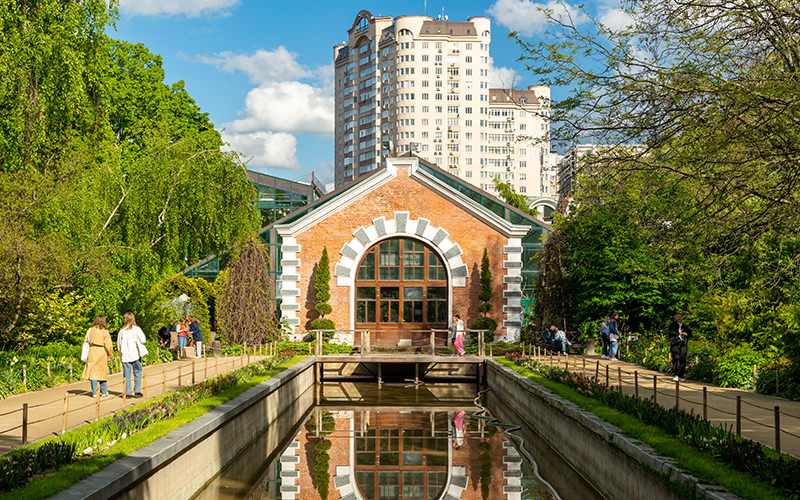Friends, today we will continue our acquaintance with the architectural monuments of the Russian capital. This time, the protagonist of our story will be the only building in our country built by the renowned French architect Le Corbusier.
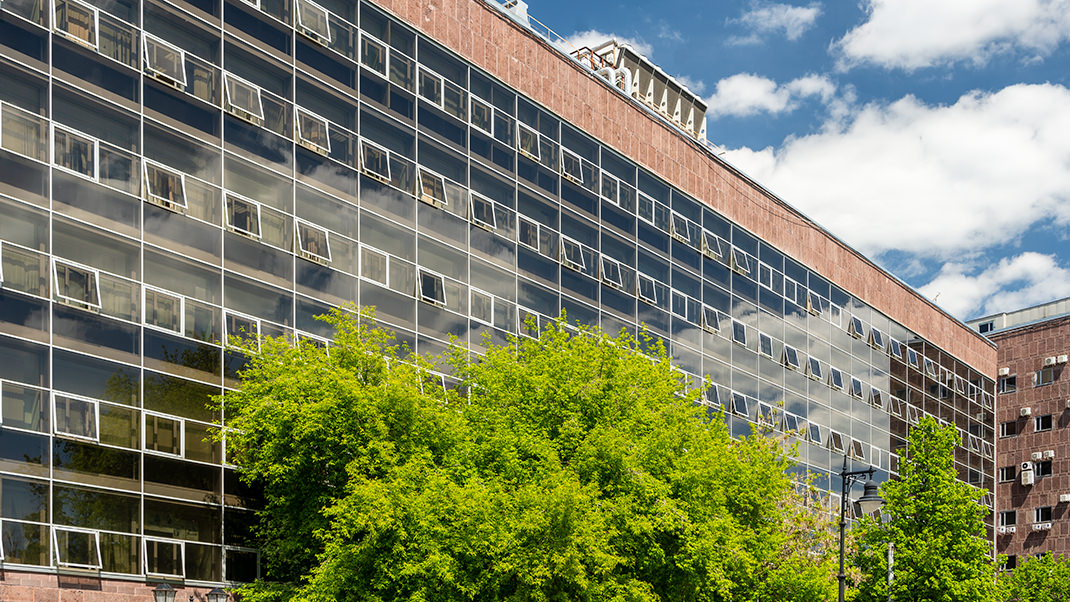
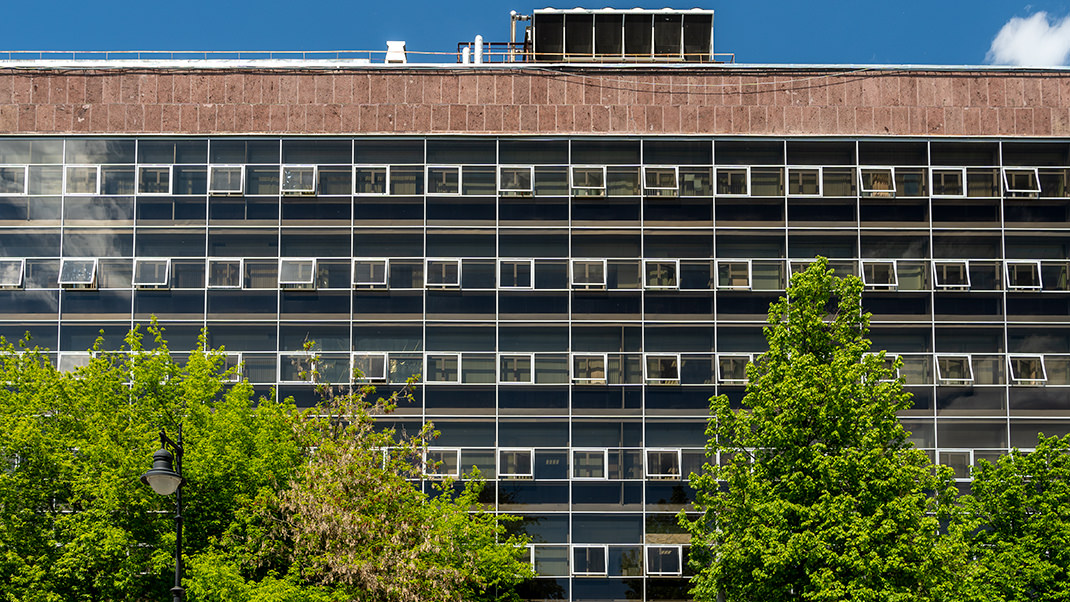
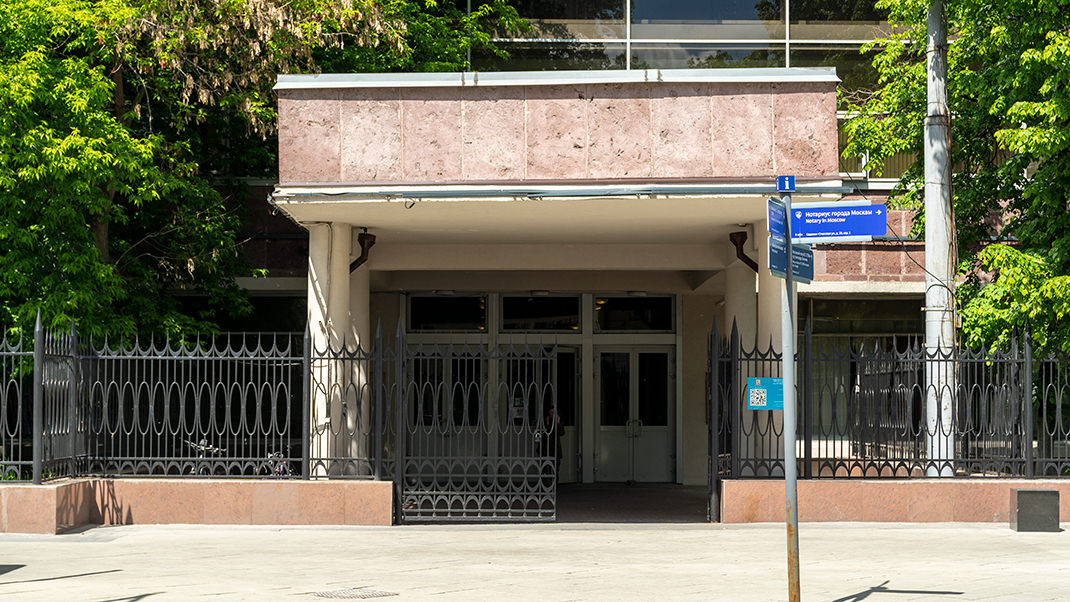
How to Get There by Metro
The address of the building is 39 Myasnitskaya Street. The metro transfer hub "Sretensky Bulvar" - "Turgenevskaya" - "Chistye Prudy" and the station "Krasnye Vorota" are within walking distance from here. Nowadays, government agencies are located in the building: the Federal State Statistics Service and the Federal Financial Monitoring Service. You can try to find companies that offer tours of its interiors.
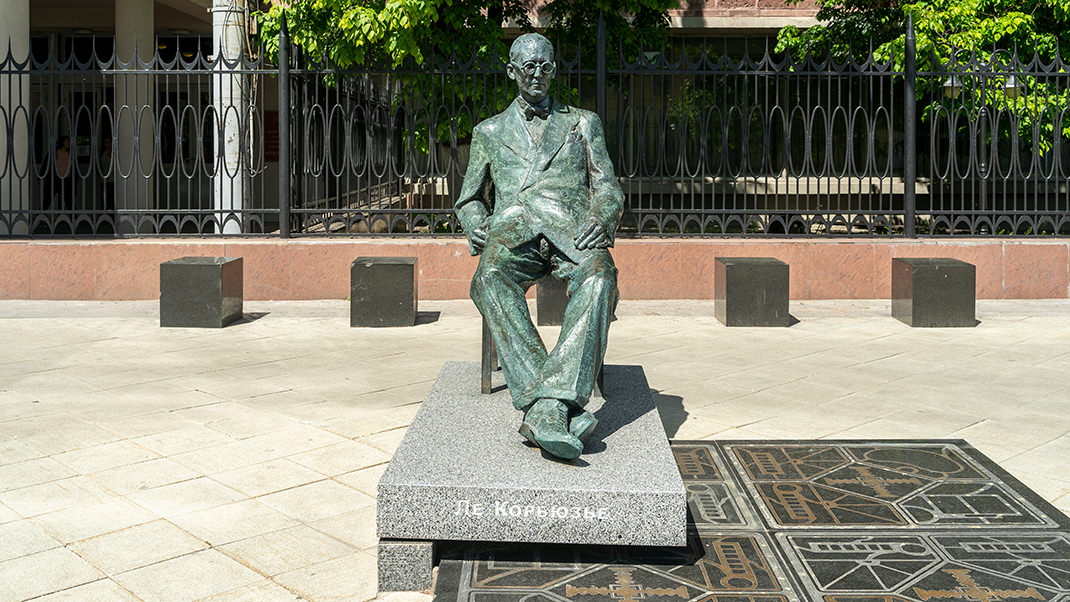
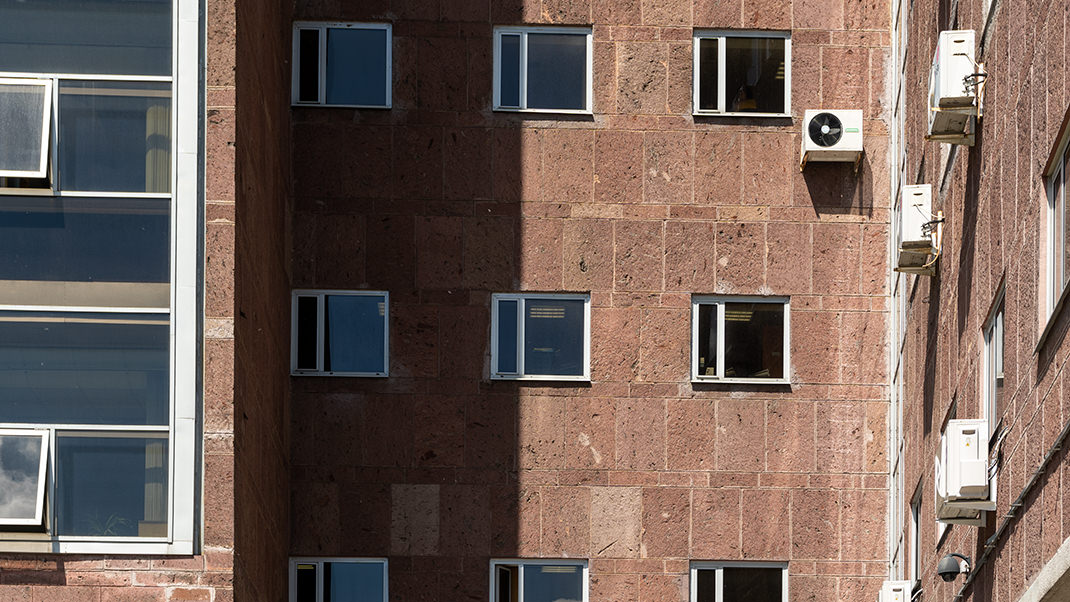
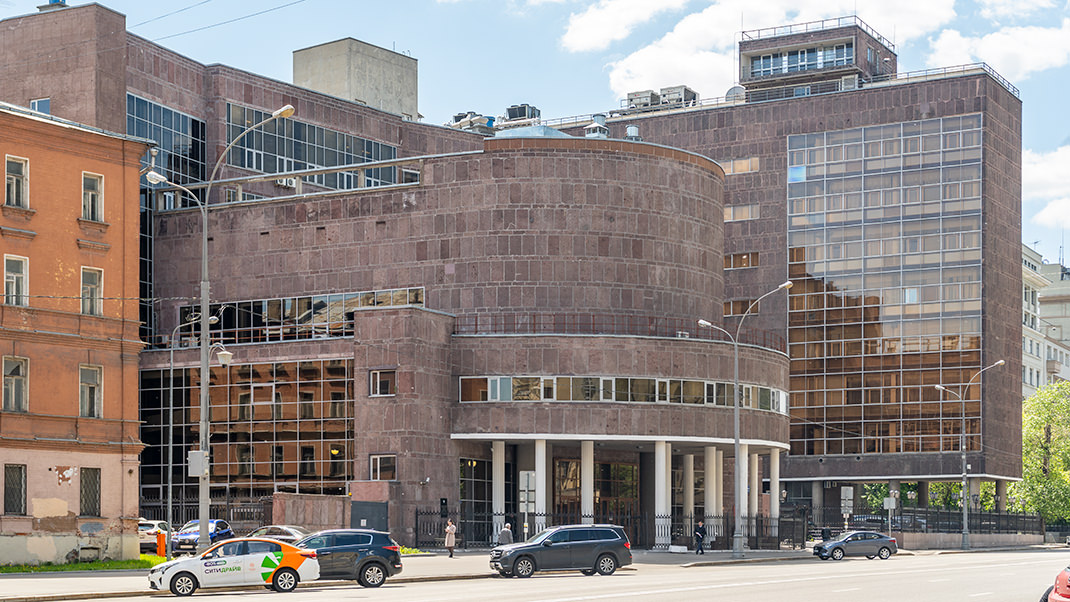
A Bit of History
Architect Le Corbusier (real name - Charles-Édouard Jeanneret) is, in my opinion, one of the most famous architects of the 20th century. The master is well known for creating the five principles of modern architecture, which were published in the 1920s. According to the architect's idea, buildings should be supported on columns, have ribbon windows, an open floor plan, a flat roof for recreational use, and a free facade.
The Tsentrosoyuz building in Moscow was built from 1928 to 1936. In addition to Le Corbusier, the project of the complex involved P. Jeanneret and N. Kolli. The building was intended for the Central Union of Cooperative Societies. Later, the People's Commissariat of Light Industry was located here. I came across mentions that the building on Myasnitskaya was the largest office complex in Europe at that time.
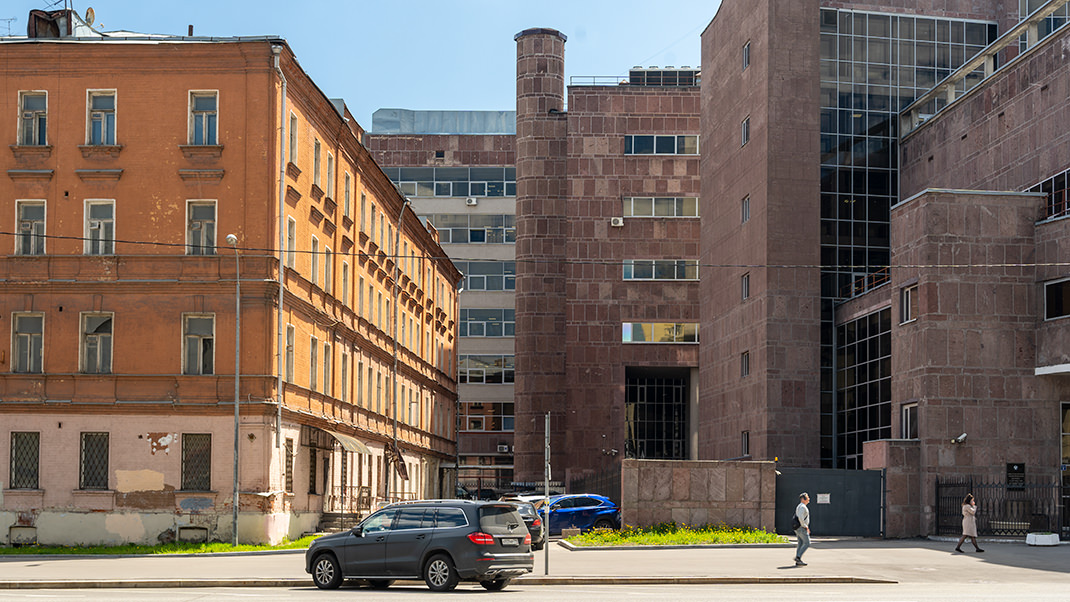
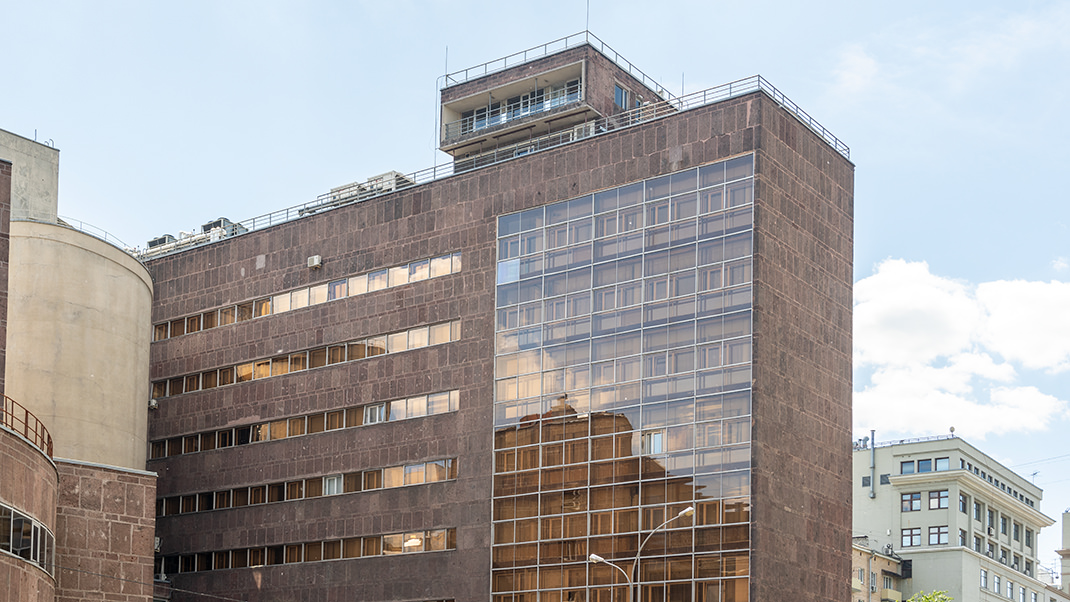
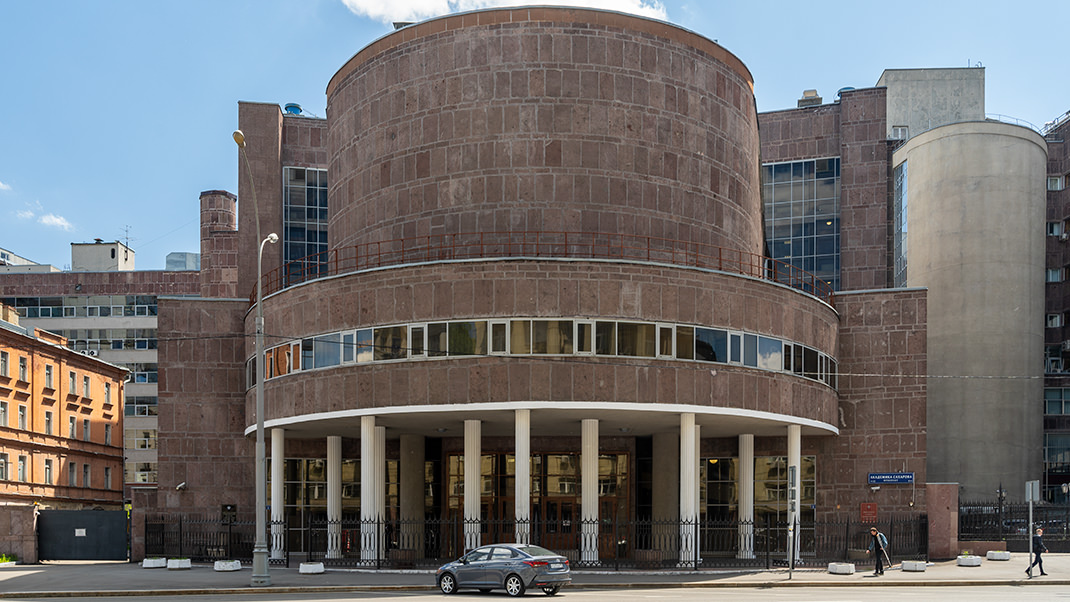
Le Corbusier himself visited Moscow in 1929 and 1930. After that, the construction supervision of the complex was carried out by the Soviet architect Kolli. Today, a monument to Le Corbusier in front of the eastern facade of the building reminds us of the author of the project. The sculpture was installed in 2015.
The massive Tsentrosoyuz building is located between Myasnitskaya Street and Academician Sakharov Avenue. Its southern and northern facades differ significantly in shape, but both are perceived as main ones. Interestingly, initially the ground floor of the complex was not built up.
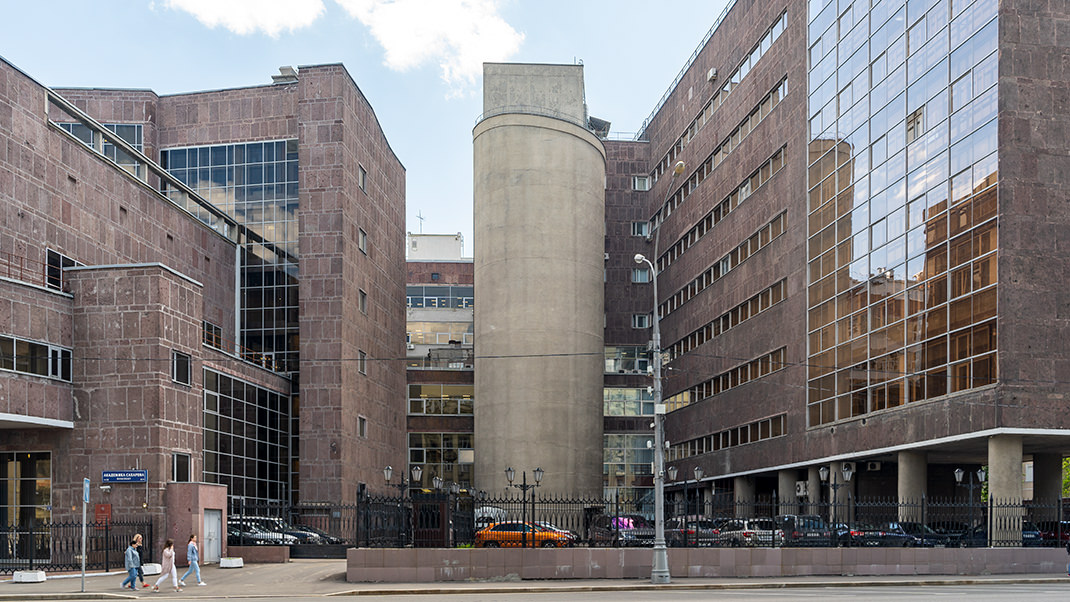
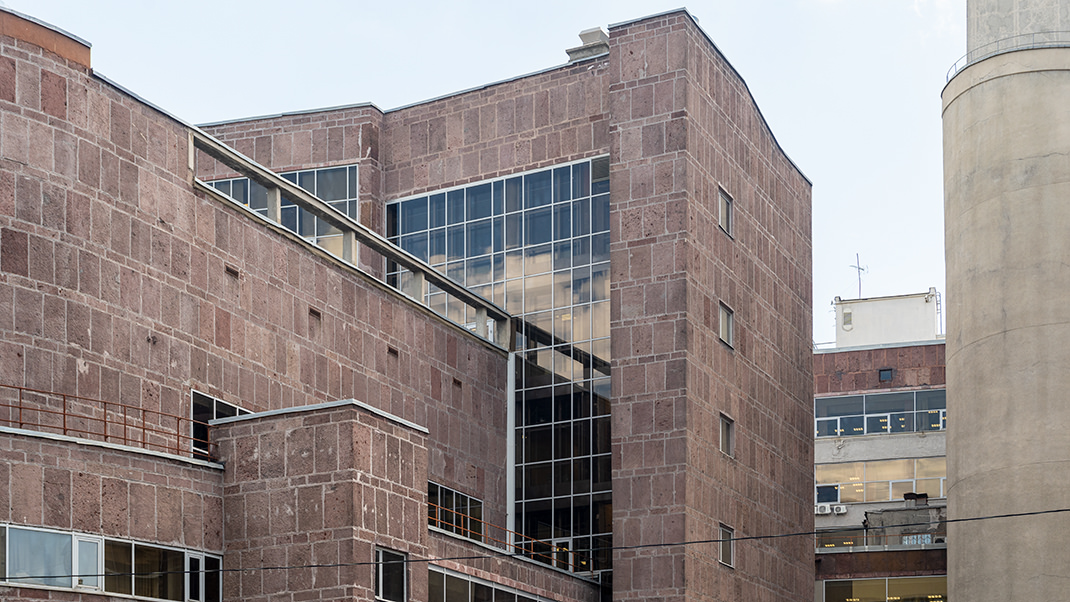
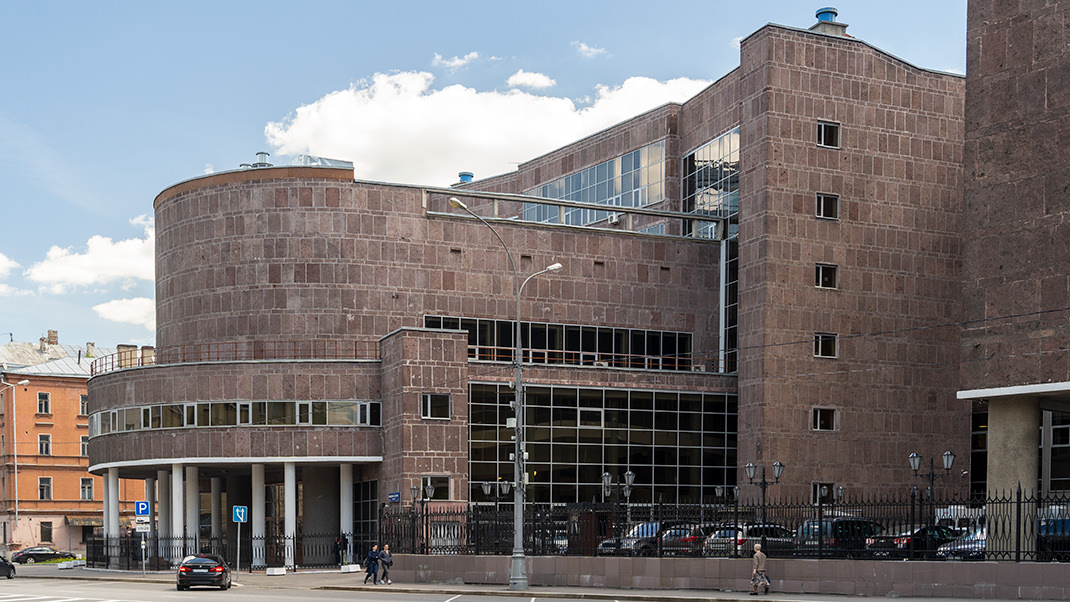
The interior of the building is also unusual: pedestrian ramps and paternoster lifts - continuously moving open cabins going up and down - were located inside. I don't know if they have survived to this day, but I have come across information that there have been many redesigns here over time.
Immediately after its construction, the Tsentrosoyuz building was criticized by contemporaries for its "bourgeois" character; today, however, it is included in the Unified State Register of Cultural Heritage Sites.
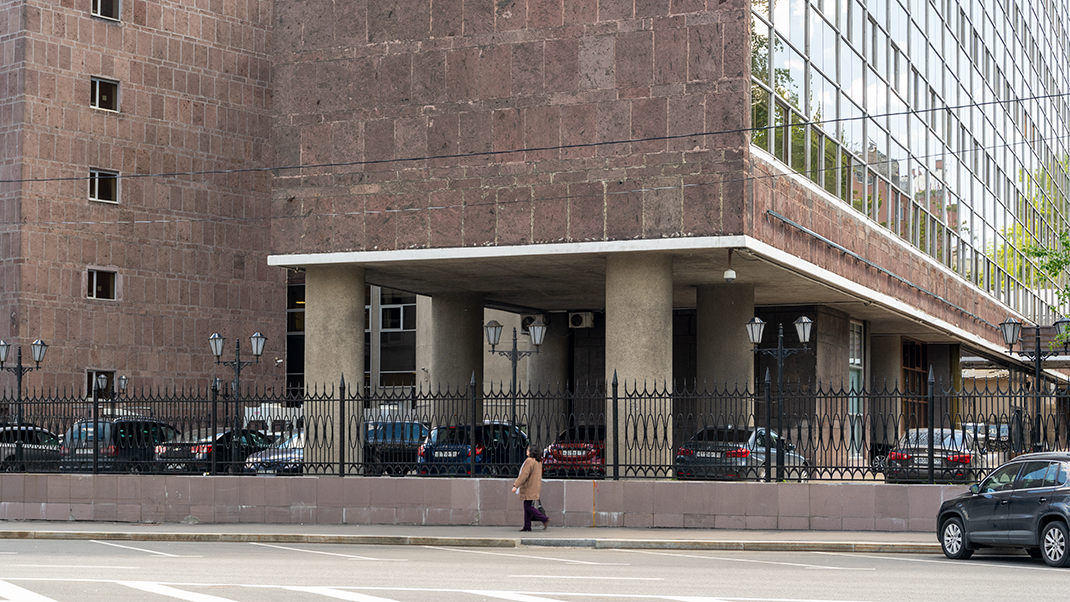
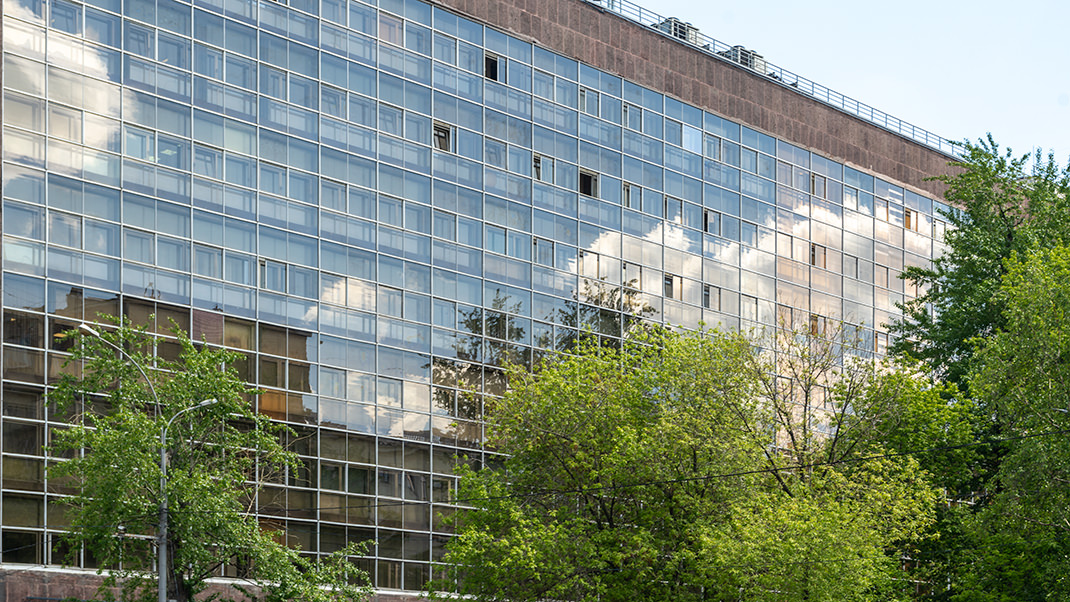
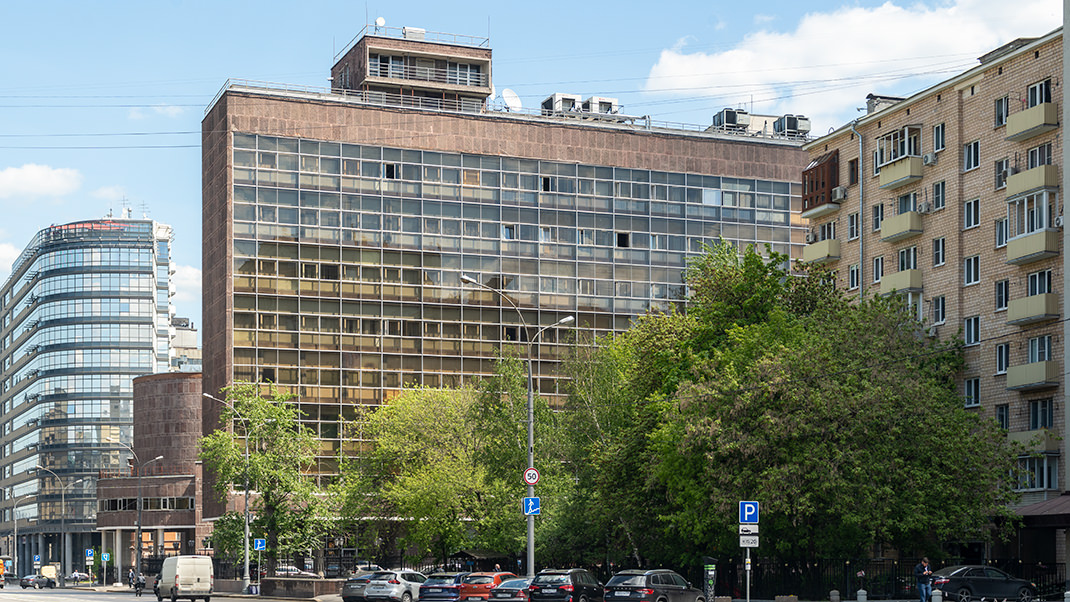
Here I conclude my story about this interesting building, but I suggest you continue exploring notable places in Moscow with a virtual tour of the Kolomenskoye Museum-Reserve.
Have a nice trip!


